Traveling offers the thrill of new experiences, and it also disrupts our sleep and fitness routines, leaving us feeling out of sync. While it might be tempting to sacrifice rest for adventure, maintaining a good sleep routine is crucial not just for enjoying your trip, but also for keeping your energy levels high. Sleep and workouts go hand in hand, and finding the right balance will significantly enhance your travel and leisure time.
In this article, we will explore how to maintain a healthy sleep pattern while on the go, ensuring that you stay refreshed and fit throughout your journey. We’ll help you navigate the challenges of traveling without compromising on your well-being. For more information on travel and sleep, check out this helpful guide.
Finding Balance on the Road
Maintaining equilibrium between rest and activity is crucial when traveling. This section explores the interplay between sleep and fitness, highlighting their importance and offering strategies to create a sustainable routine while on the move.
Sleep and Fitness: A Delicate Dance
Sleep and fitness are closely intertwined, each influencing the other in significant ways. When we travel, this delicate balance is easily disrupted.
Quality sleep is essential for muscle recovery and growth. It’s during deep sleep that our bodies release growth hormones, repair tissue, and replenish energy stores.
Conversely, regular exercise improves sleep quality. Physical activity helps regulate our circadian rhythm, making it easier to fall asleep and wake up naturally.
Finding the right balance between sleep and fitness while traveling are challenging but rewarding. It’s about listening to your body and adjusting your routine to fit your new environment.
The Role of Sleep in Staying Fit
Sleep plays a crucial role in maintaining fitness, especially when we’re away from our usual routines. Understanding this connection helps us prioritize rest during our travels.
Adequate sleep is vital for muscle recovery and growth. When we sleep, our bodies produce growth hormones that repair and build muscle tissue. This process is essential for making progress in our fitness goals.
Sleep also affects our metabolism and appetite regulation. Lack of sleep leads to increased hunger and cravings, potentially derailing our nutrition plans while traveling.
Moreover, sleep impacts our motivation and energy levels. Well-rested travelers are more likely to stick to their workout routines and make healthier choices throughout their trip.
Creating a Rhythmic Routine
Establishing a consistent sleep and fitness routine while traveling helps maintain your well-being and enhance your travel experience. Here’s how to create a rhythmic routine:
- Set a consistent sleep schedule: Try to go to bed and wake up at the same time each day, even when crossing time zones.
- Plan your workouts: Schedule your exercise sessions at the same time each day to create a sense of normalcy.
- Use natural light: Expose yourself to sunlight early in the day to help regulate your body’s internal clock.
Remember to be flexible. Your routine might need adjustments based on your travel itinerary and local customs.
Incorporate local activities into your fitness routine. This makes your workouts more enjoyable and help you experience the destination in a unique way.
Check out our article on Mastering Travel Routines.
Overcoming Travel Challenges
Traveling often presents obstacles to maintaining sleep and fitness routines. This section addresses common challenges and provides strategies to overcome them, ensuring you stay rested and active during your journey.
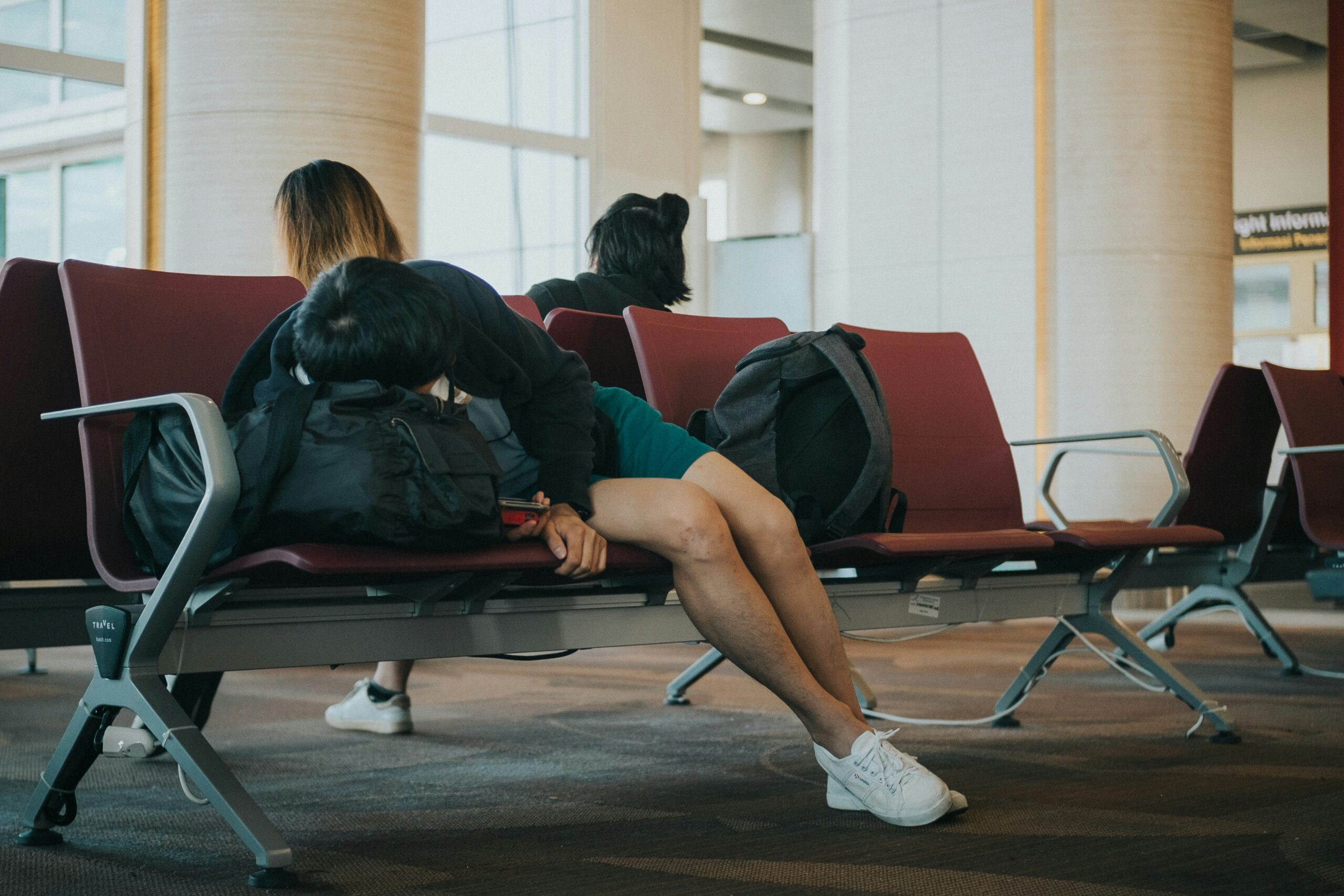
Staying Rested While Traveling
Maintaining good sleep habits while traveling is challenging, but it’s not impossible. Here are some strategies to help you stay rested on the road:
Pack sleep essentials like a comfortable eye mask, earplugs, and a travel pillow. These items help create a familiar sleep environment, even in unfamiliar places.
Be mindful of your caffeine and alcohol intake, especially close to bedtime. Both disrupt your sleep quality and make it harder to adjust to new time zones.
Consider using white noise apps or podcasts to create a consistent sleep environment. These help mask unfamiliar noises and signal to your body that it’s time to sleep.
If you’re crossing time zones, try to adjust your sleep schedule gradually in the days leading up to your trip. This makes the transition smoother and reduce jet lag symptoms.

Dot&Dot Twist Memory Foam Travel Pillow for Airplanes

Wise Owl Outfitters Camping Pillow – Memory Foam Travel Pillow
Balancing Fitness and Travel
Maintaining your fitness routine while traveling doesn’t have to be a daunting task. With some planning and creativity, you can stay active and enjoy your trip.
Pack versatile workout gear that doesn’t take up much space. Resistance bands, a jump rope, or a lightweight yoga mat provide plenty of workout options without weighing down your luggage.
Look for opportunities to incorporate physical activity into your travel itinerary. Walking tours, bike rentals, or hiking excursions are great ways to explore your destination while staying active.
Don’t be too hard on yourself if you can’t maintain your usual workout intensity or frequency. Remember, some activity is always better than none, and staying active enhances your travel experience.
Consider using fitness apps or online workout videos for guidance. Many offer short, equipment-free workouts perfect for hotel rooms or outdoor spaces.
Workout Routine Tips for Travelers
Adapting your workout routine for travel helps you stay consistent with your fitness goals. Here are some tips to keep you on track:
- Prioritize bodyweight exercises: Push-ups, squats, lunges, and planks can be done anywhere and require no equipment.
- Use your surroundings: Park benches, stairs, or even your hotel room furniture can serve as workout props.
- Try high-intensity interval training (HIIT): These workouts are time-efficient and are easily modified for different fitness levels.
Don’t forget about recovery. Stretching or yoga help alleviate travel-related stiffness and prepare your body for more intense workouts.
Consider tracking your activity with a fitness app or wearable device. This helps you stay motivated and provide a clear picture of your activity levels during your trip.
Check out our Guide to Portable Workout Equipment
Practical Sleep and Fitness Tips
This final section offers concrete advice for ensuring restful nights, maintaining high energy levels, and exploring wellness retreats as a travel option. These practical tips will help you integrate sleep and fitness seamlessly into your travel experiences.
Ensuring Restful Nights Away
Getting quality sleep while traveling is crucial for enjoying your trip and maintaining your health. Here are some practical tips for restful nights away from home:
Create a sleep-friendly environment in your accommodation. Use blackout curtains or an eye mask to block light, and consider earplugs or white noise to mask unfamiliar sounds.
Stick to a consistent bedtime routine, even when traveling. This might include reading a book, doing some light stretches, or practicing meditation before bed.
Be mindful of your diet, especially in the evening. Heavy meals or excessive alcohol close to bedtime disrupt your sleep quality.
If jet lag is an issue, try to expose yourself to natural light during the day and avoid bright screens in the evening. This helps reset your circadian rhythm more quickly.

Olly Sleep Gummy, 3 mg Melatonin, L-Theanine, Chamomile, and Lemon Balm Extracts
Keeping Your Energy Levels High
Maintaining high energy levels while traveling enhances your experience and help you make the most of your trip. Here’s how to stay energized:
Stay hydrated throughout your journey. Travel, especially air travel, is dehydrating, which leads to fatigue.
Pack healthy snacks like nuts, fruit, or energy bars. These help stabilize your blood sugar and provide sustained energy between meals.
Incorporate short bursts of activity into your day. A quick stretch session or a brisk walk will boost your energy and improve circulation.
Don’t underestimate the power of power naps. A short 20-minute nap will refresh you without interfering with nighttime sleep.
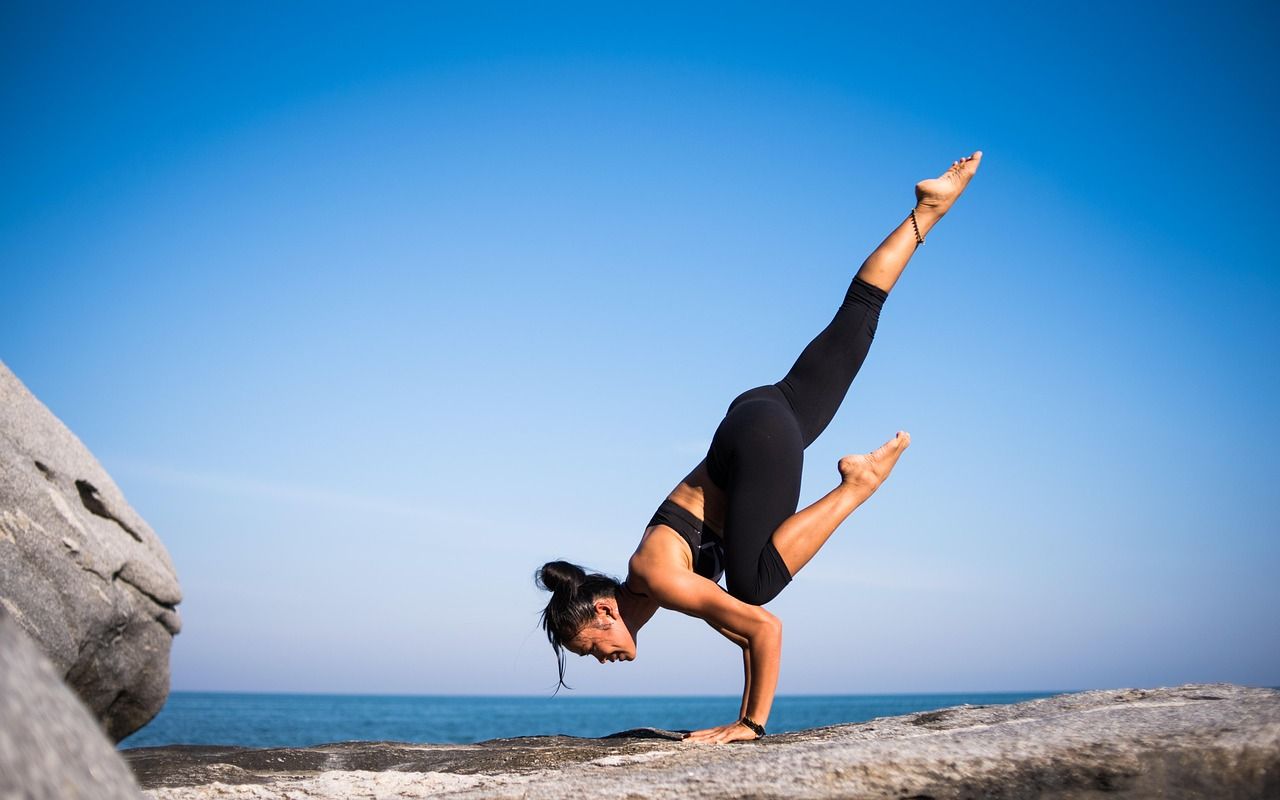
Wellness Retreats for Travelers
Wellness retreats offer a unique opportunity to focus on your health and well-being while traveling. They provide a structured environment for maintaining sleep and fitness routines.
Many wellness retreats offer a mix of activities including yoga, meditation, fitness classes, and nutritional guidance. This holistic approach help reset both your body and mind.
Look for retreats that align with your personal goals. Some focus on weight loss, others on stress reduction or spiritual growth.
Consider the location and climate of the retreat. A change of scenery is invigorating and may offer unique outdoor fitness opportunities.
Remember, the goal of a wellness retreat is not just temporary change, but to learn habits and practices you can incorporate into your daily life back home.


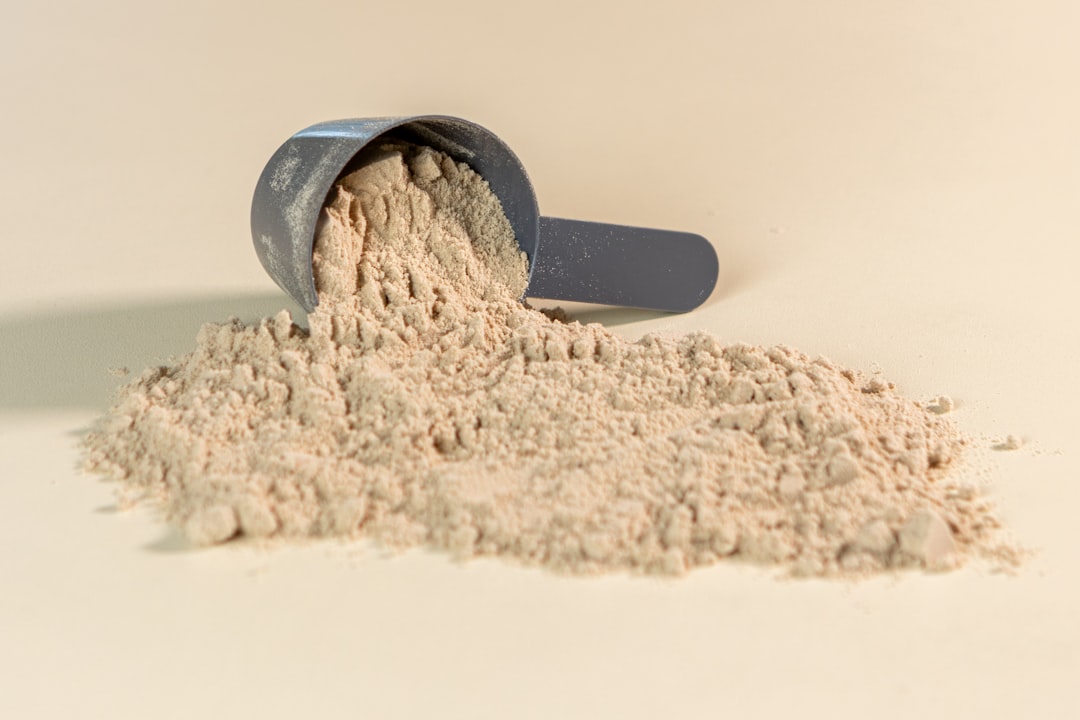







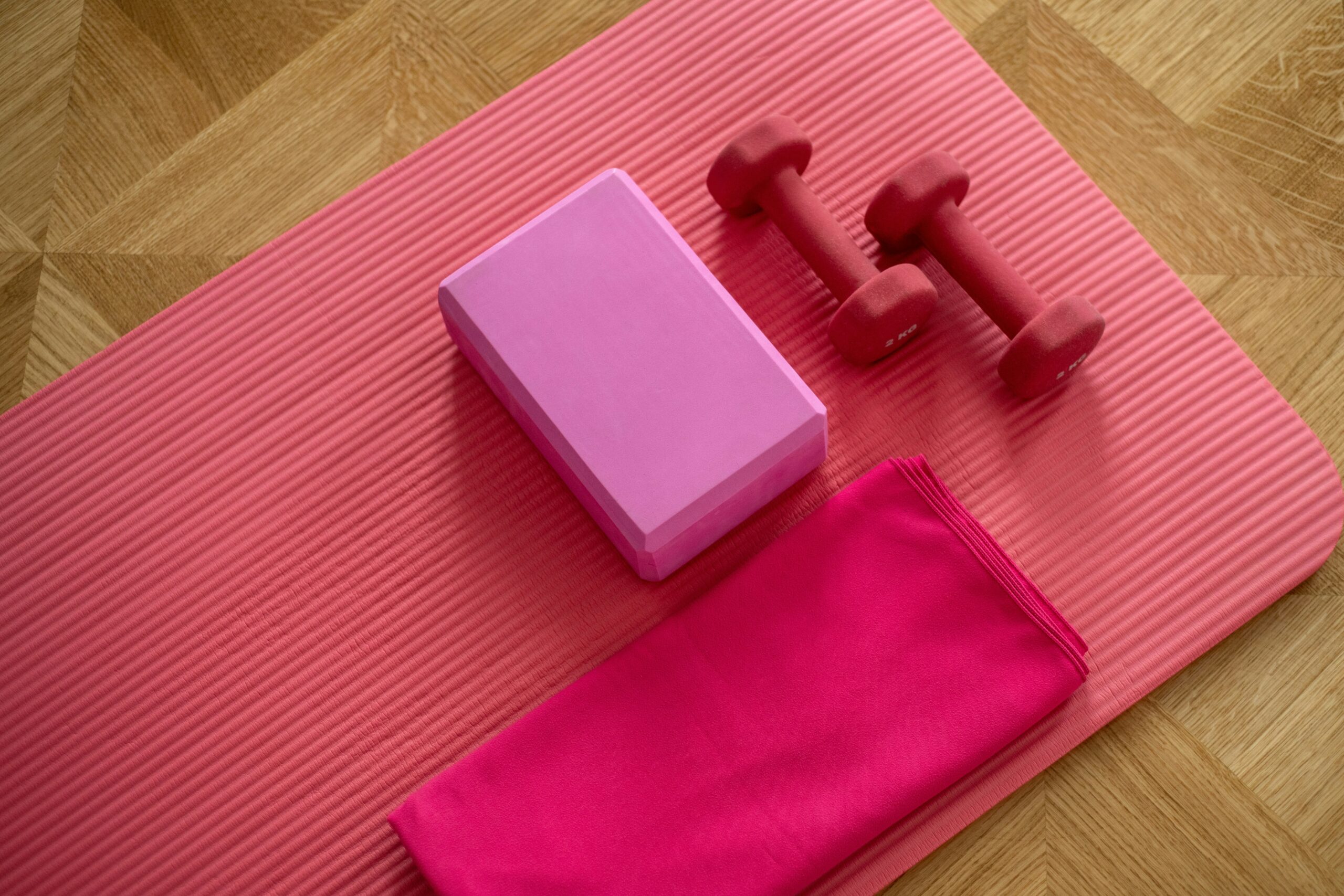
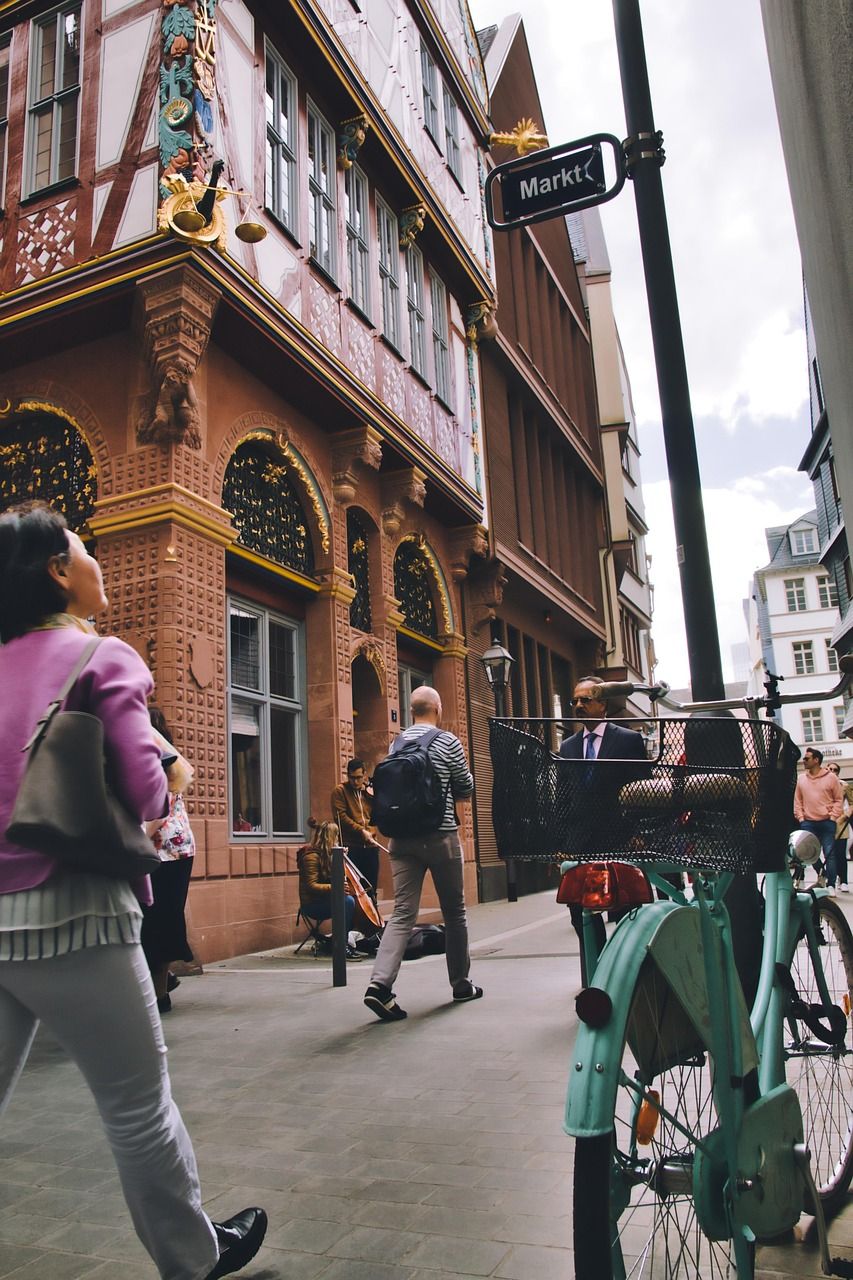

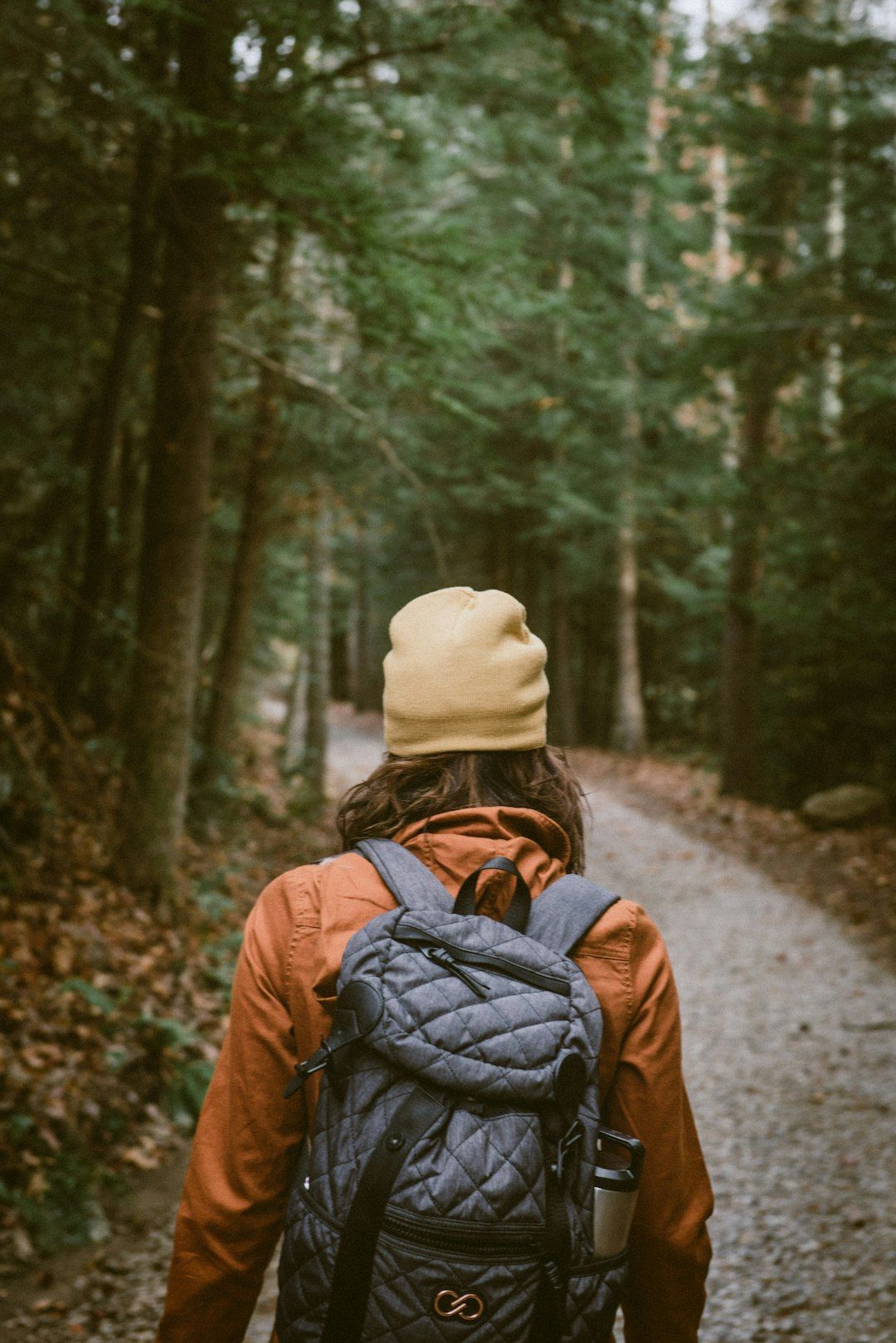


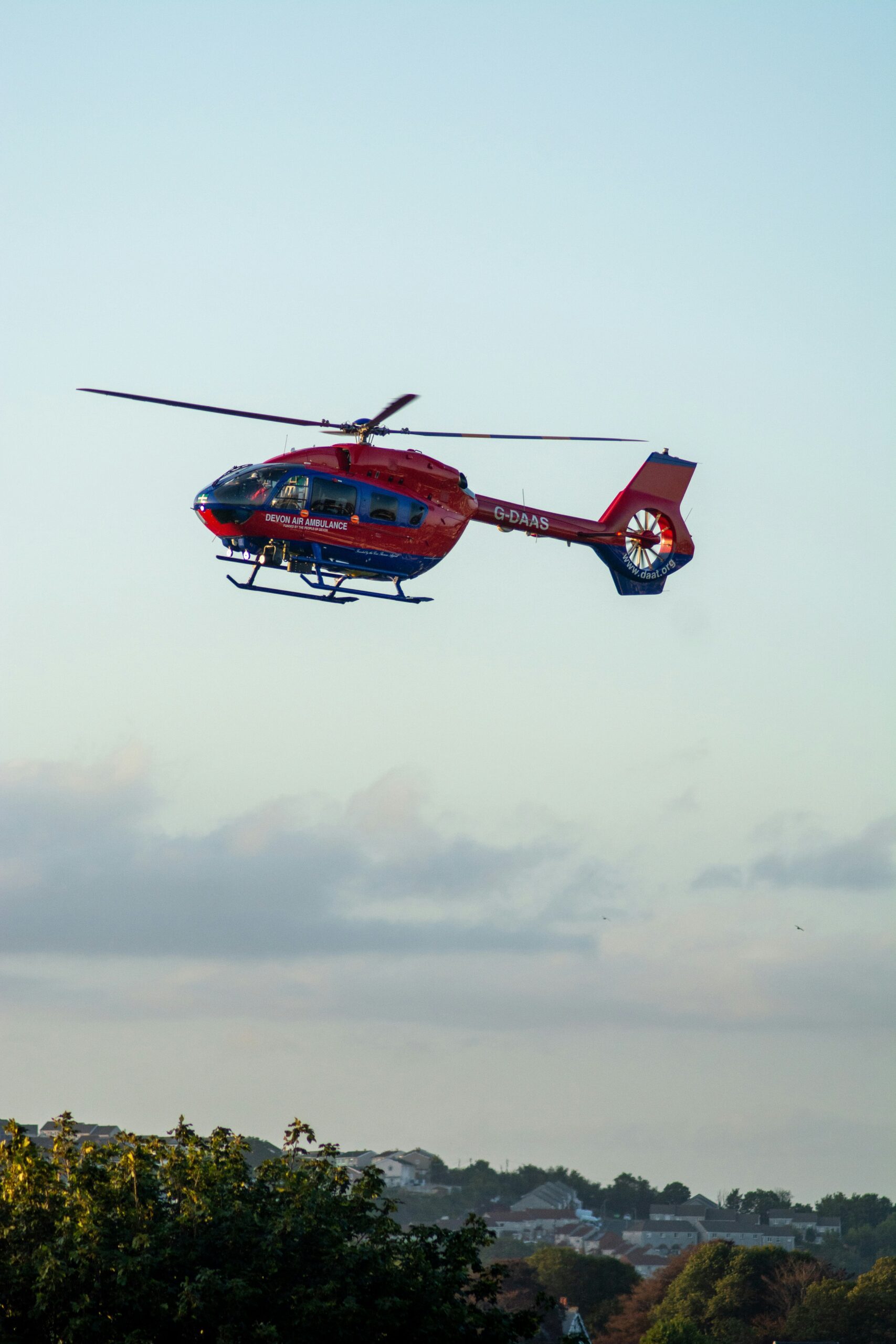














Leave a Reply